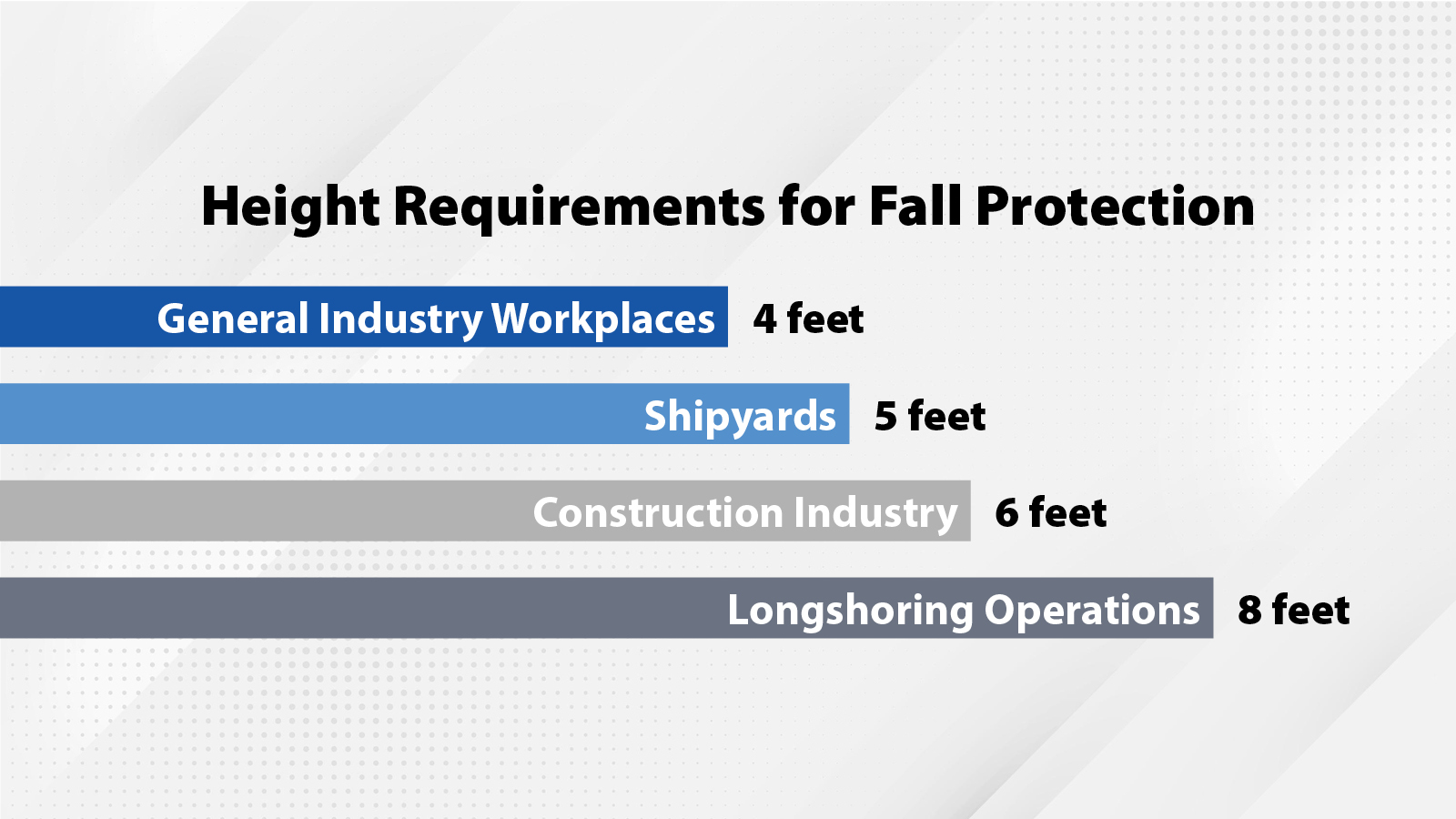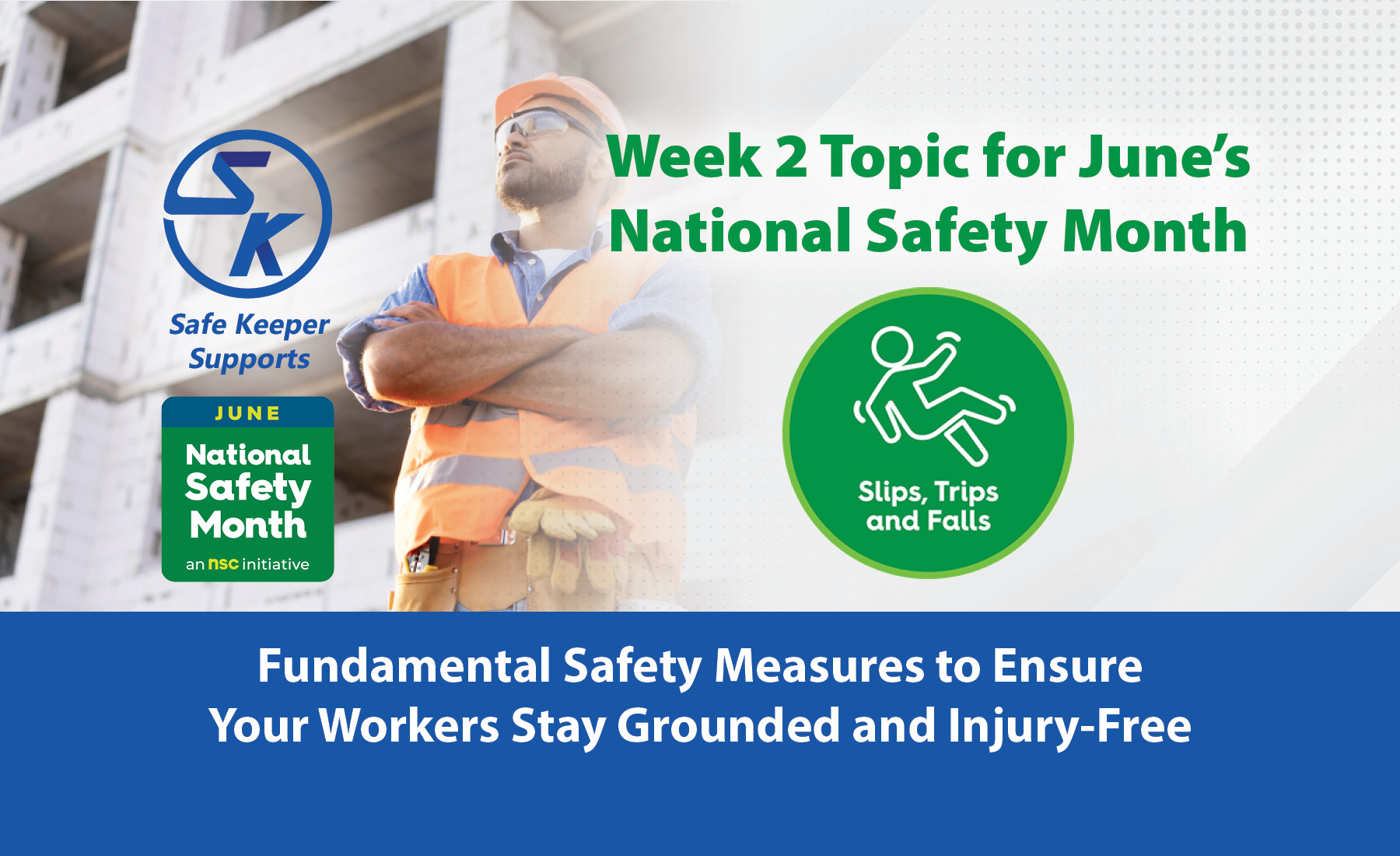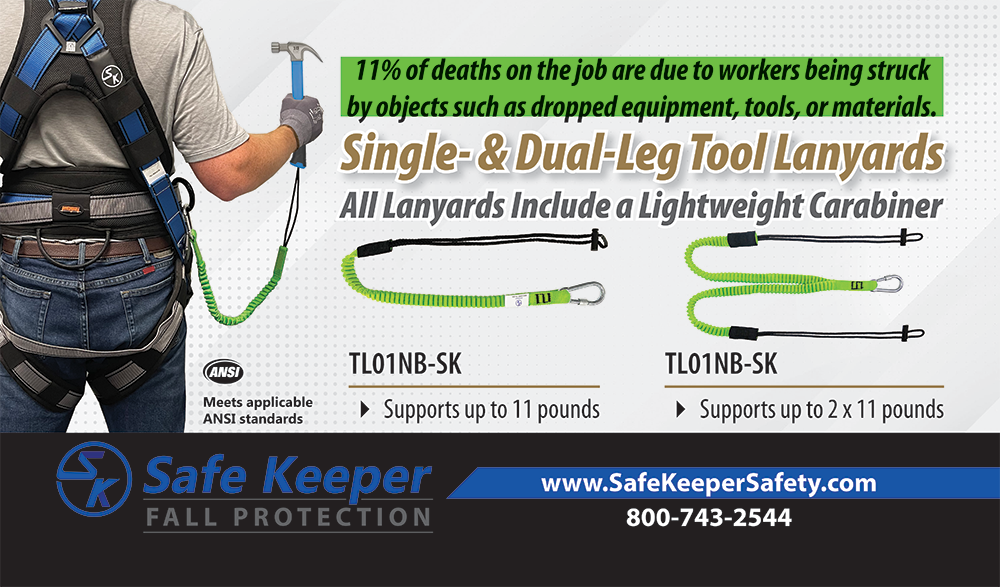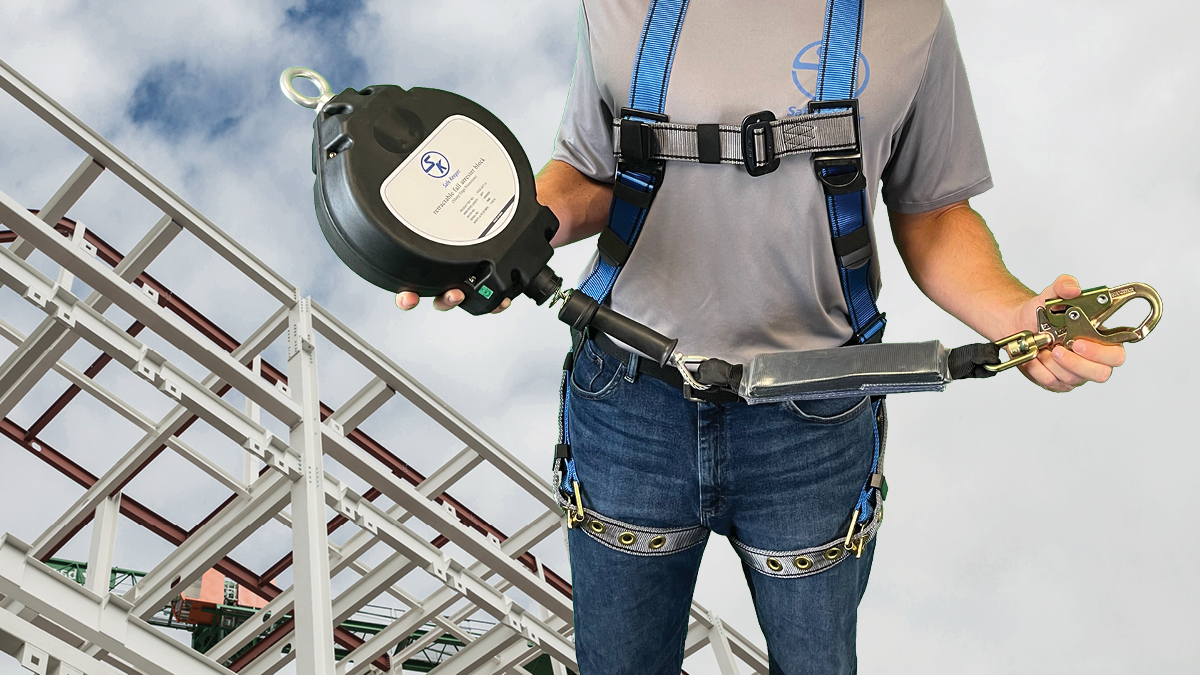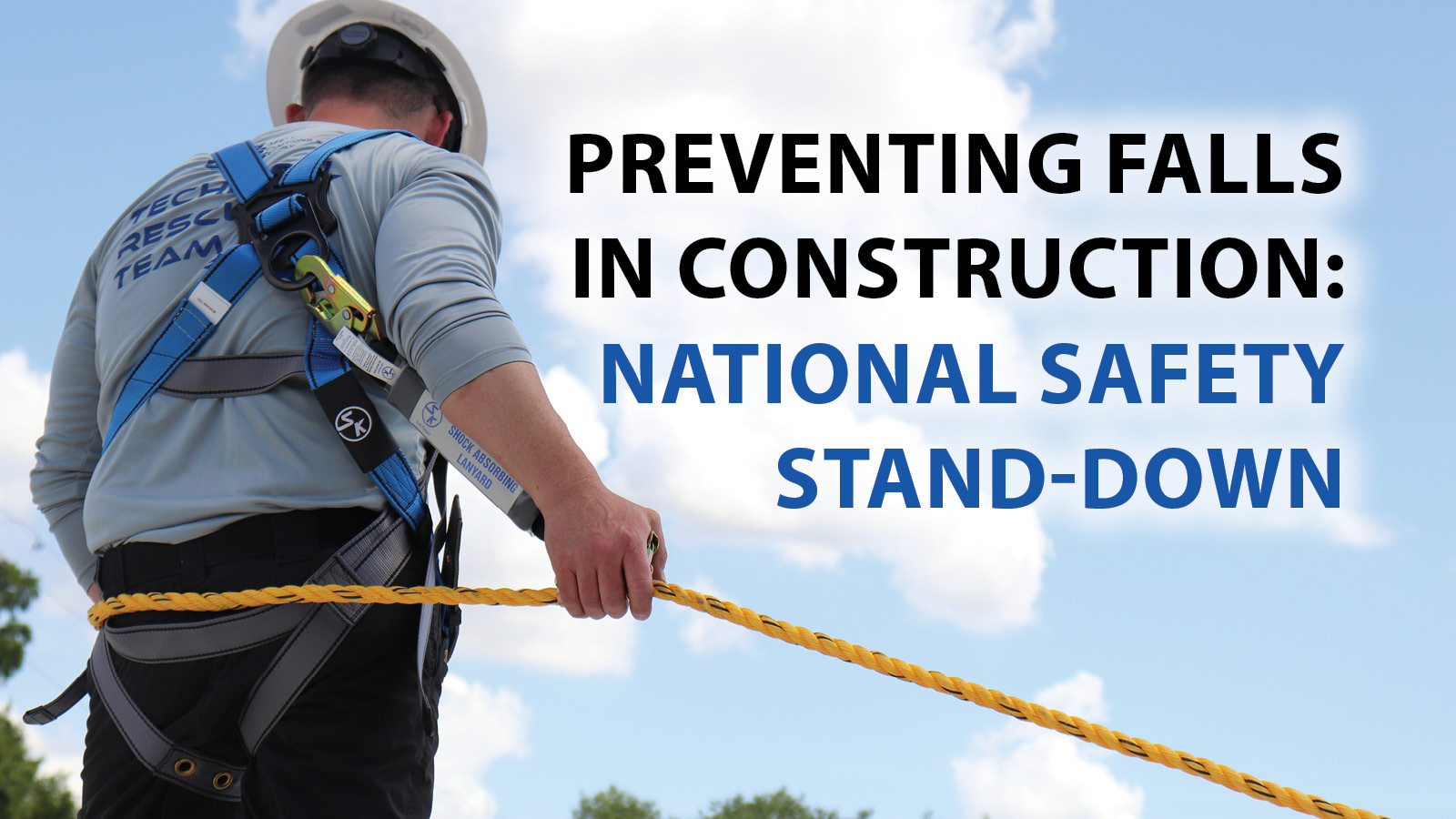Fall protection requirements start at different heights depending on the industry; see which height your job needs to enact fall protection measures.
Falls are one of the leading causes of injuries and deaths in the workplace. While this is true in all industries, falls are a significant danger in construction. Therefore, OSHA has created fall protection requirements to eliminate fall dangers and prevent injuries and fatalities. The first place to start is knowing the height requirements for fall protection or at what heights employers must take preventative steps to protect workers from fall hazards.
Employer Requirements per OSHA
OSHA requires that employers take steps to protect the health and well-being of their employees. In all industries, OSHA requires all employers to do the following:
- Provide working conditions that are free of known dangers
- Keep floors in work areas clean and dry
- Provide required personal protective equipment at no cost to workers
- Train workers about job hazards in a language that they can understand
Fall protection measures that fall under the umbrella of the four above requirements include eliminating fall dangers by:
- Maintaining a dry, clean floor in workspaces to prevent slips, trips, and falls
- Providing personal protective equipment where falls cannot be controlled any other way
- Ensuring worker training in all aspects of fall prevention necessary for their industry
Then, as employees start working at heights, additional fall protection requirements, such as guardrails, safety harnesses and lines, hole covers, toe boards, and safety nets, become necessary.
Fall Requirements Per Industry and More
OSHA requires that employers put in place fall protection measures in addition to the above requirements, and those height requirements vary from industry to industry. For example, in industrial workplaces, employers must provide fall protection to employees working at heights of four feet or higher. In addition, employers must provide fall protection to those working at five feet or higher in shipyards. In construction, employers must provide fall protection to employees working at heights of six feet or higher, and in longshoring operations, the height requirement is eight feet.
Employers must also take additional fall protection measures in specific scenarios despite not meeting height requirements, such as when an employee is working over dangerous equipment, machinery, or substances.
Safe Keeper offers a comprehensive line of fall protection products and accessories such as harnesses, SRLs, lanyards, and more so that employers can offer the safest workplace environment, free from fall hazards.
